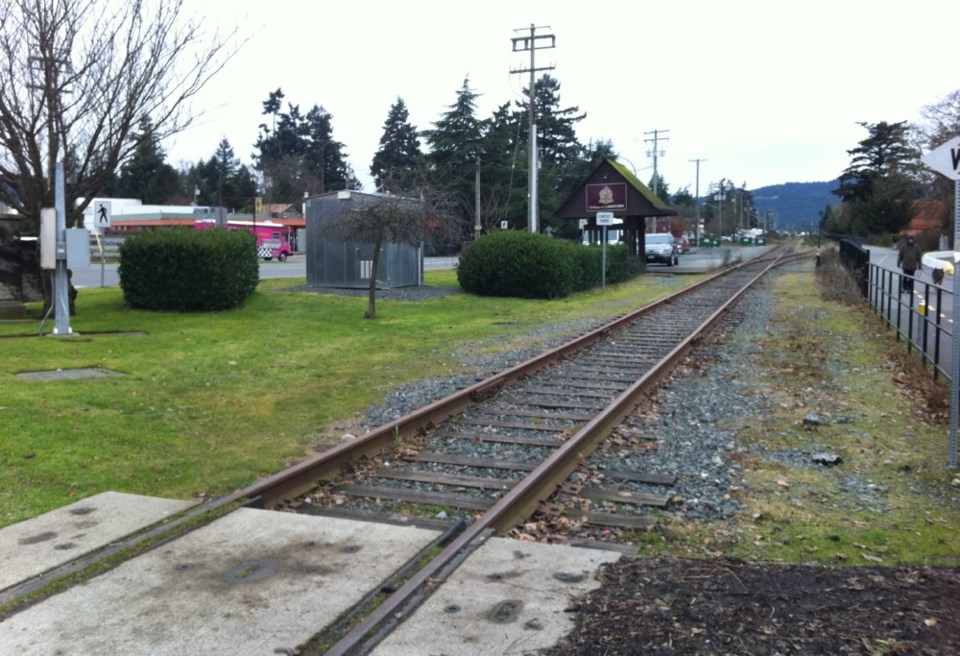So far, no convincing business plan has been produced that shows how rail service on the old E&N line can become a reality. The Capital Regional District — or any other level of government — should not commit any more funds to ghost trains.
CRD parks committee members are recommending that $1.2 million be spent on E&N Rail Trail construction. Work on the trail is worthwhile, but $440,000 of that amount is proposed to upgrade a rail crossing for trains that might never run.
Pouring more money into a possible E&N rail service is a bit like continuing to invest in swampland property or mythical mines that are going to produce at any moment. We don’t for a second suggest the Island Corridor Foundation is deliberately trying to dupe anyone — the delusion is the wishful thinking that imagines trains running on a track that has outlived its useful days.
It would be magnificent to have rail service that would bring up-Island commuters and other passengers over the Malahat, that would provide rapid transit between the West Shore and downtown Victoria, thereby relieving the Colwood Crawl.
But that would mean far more than restoring the rail service that was discontinued in 2011 — it would mean a major rebuilding of the line and the acquisition of higher-capacity rolling stock.
“There is a case to be made for both the commuter service and restoration of the full route, but it can’t be done in half-steps,” wrote public-transportation consultant Greg Gormick in an August 2016 commentary for the Times Colonist. Gormick has advised governments, railroad companies and numerous public agencies on the operation of rail services.
“The E&N is an exhausted railway,” he wrote. “The answer is not a patch-up, but the complete replacement of the life-expired infrastructure on an irreplaceable right-of-way.
“More than a quarter of Canada’s greenhouse-gas emissions are due to automobiles and trucks, and one of the solutions is giving travellers an all-weather alternative to driving with safe, frequent and affordable rail service. Doing it right on Vancouver Island would require a one-time capital investment of about $150 million.”
The Island Corridor Foundation, the non-profit public agency that owns the E&N right-of-way, has said rail service can be restored after about $20 million in repairs. Other estimates have put the likely cost closer to $100 million.
The B.C. Safety Authority told the provincial government in January 2015 the planned upgrades were not adequate. New federal regulations would affect the line’s 100 grade crossings, meaning the E&N would have to meet higher standards than the ones it failed to meet in the past. The authority said virtually every aspect of the rail line was significantly degraded and did not meet minimum standards, as the line had been shut down for years.
It would be useless to restore the slow, inadequate pre-2011 service that carried about 180 passengers a day. We need something much better than that.
Ideally, a commuter rail service would run on two tracks, with trains running all day at frequent intervals. It would have to be affordable and provide passengers with an acceptable commuting time. We don’t see the ICF’s plans coming anywhere near that ideal.
If we’re wrong, show us the business plan. Tell the public how and when a viable service can be developed. Tell us how the track and bridges can be brought up to current safety standards, and give us realistic cost estimates.
Until such a plan is presented, no more public money should be invested in a railroad that runs on wishful thinking.



